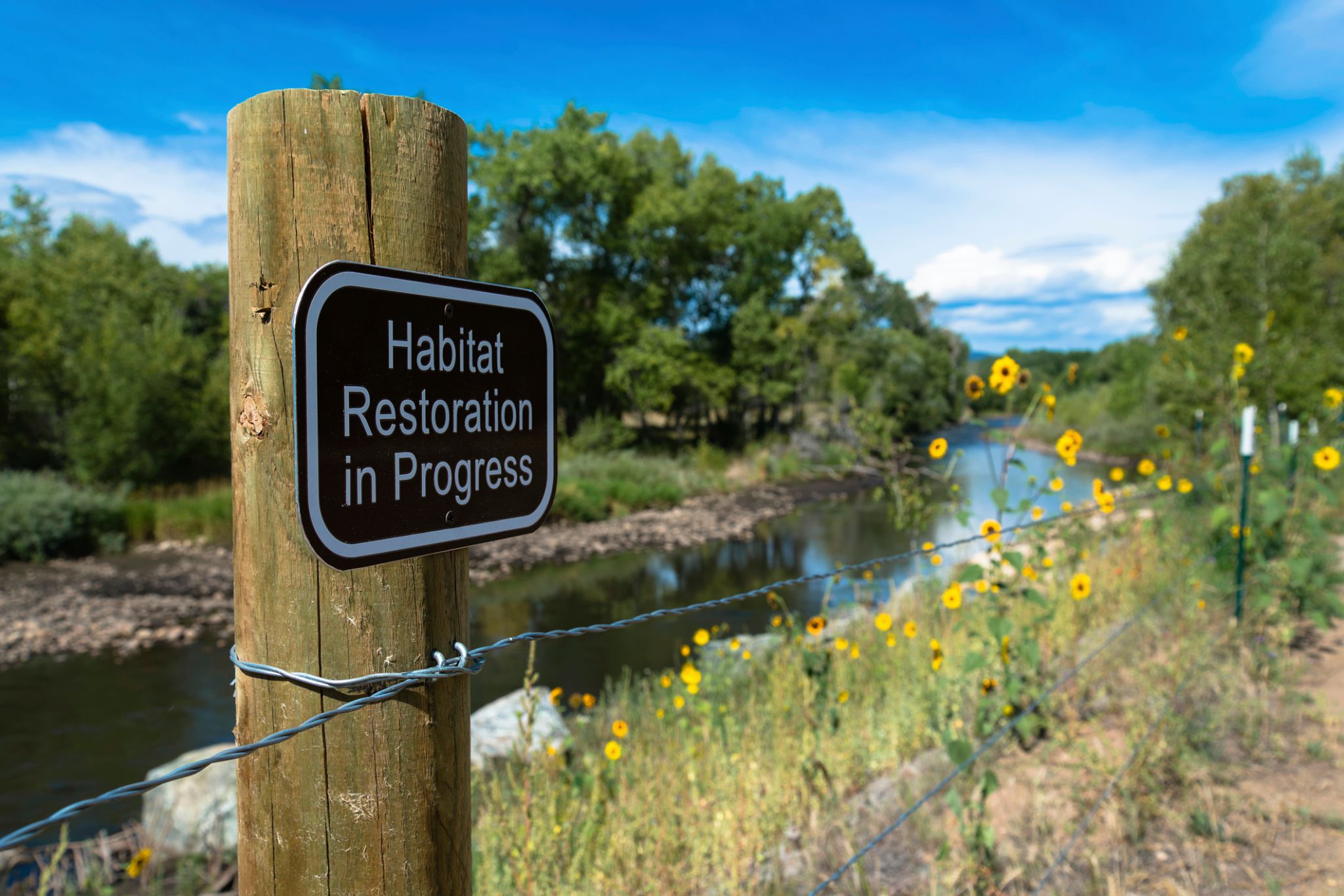Case Study: How a Small Grant Transformed a Local Habitat Restoration Project
Introduction to the Habitat Restoration Project
In the heart of our community lies a once-thriving natural habitat that had fallen into neglect. Over the years, urban expansion and environmental changes led to a significant decline in biodiversity. Local volunteers recognized the urgency of the situation and embarked on a mission to restore this vital ecosystem. However, they quickly realized that their efforts needed a financial boost to make a more significant impact.
That's when a small yet impactful grant came into play. This grant, though modest in size, became a catalyst for change, empowering the volunteers to turn their vision into reality. Here's how this financial support transformed the local habitat restoration project.

The Power of a Small Grant
Receiving a small grant can sometimes be underestimated, but in this case, it proved to be the game-changer. With limited resources, the project's scope was initially restricted to basic clean-up efforts. The grant provided the necessary funds to expand these activities and bring in expert guidance for sustainable restoration practices.
The financial support allowed the team to purchase essential tools and supplies, such as native plants, soil enhancers, and erosion control materials. This investment laid the groundwork for reintroducing native species that are crucial for maintaining ecological balance.
Key Improvements Made Possible
- Acquisition of native plant species for reforestation.
- Implementation of erosion control measures.
- Engagement of local experts for biodiversity assessment.

Community Engagement and Education
Beyond physical restoration, the grant also enabled the project team to foster community engagement and education. Workshops and seminars were organized to raise awareness about the importance of habitat preservation and how individuals can contribute. These events brought together residents of all ages, creating a sense of shared responsibility and connection to the local environment.
Volunteers from various backgrounds participated enthusiastically, bringing diverse skills and knowledge to the project. This collective effort not only strengthened community bonds but also ensured the project's sustainability through continued public interest and involvement.
Long-term Environmental Impact
The positive changes brought about by the grant-funded initiatives are already visible. The reintroduced native plants have begun to thrive, attracting local wildlife back to the area. Increased biodiversity has led to healthier soil and improved water quality, which are crucial for supporting a resilient ecosystem.

Lessons Learned and Future Prospects
This case study highlights the profound impact that even small grants can have on grassroots environmental projects. By providing targeted financial support, these grants can unlock potential and drive meaningful change within communities. The success of this habitat restoration project serves as an inspiring example for other regions facing similar ecological challenges.
As the project continues to evolve, there are plans to expand its scope further. Future goals include establishing educational trails, enhancing monitoring systems for ongoing assessment, and collaborating with regional conservation organizations to amplify efforts.
Conclusion
The transformation of our local habitat through a small grant underscores the power of community-driven initiatives supported by strategic funding. It reminds us that even limited resources, when used wisely, can create lasting environmental benefits. This project has not only revitalized an essential ecosystem but has also cultivated a community spirit dedicated to preserving our natural world for generations to come.